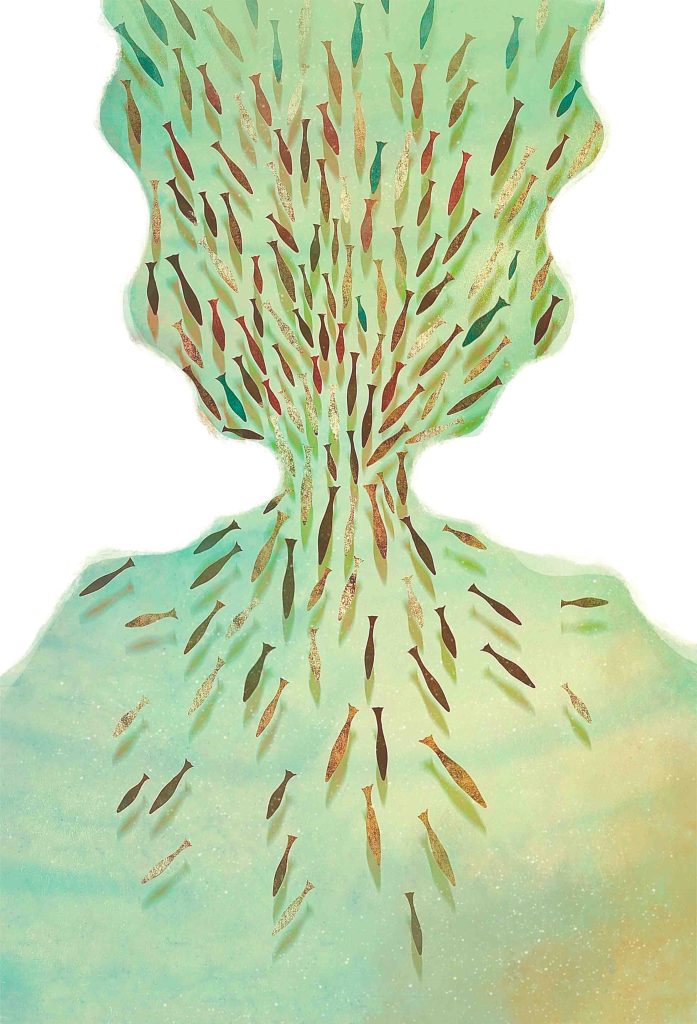Over the past several decades, reintroduction has become a popular tool in conservation. Since many wild populations are declining, captive-bred stock are increasingly used to restore or supplement wild populations. Previous investigations into the success of reintroduction projects using captive born animals found relatively low success rates (means ranging from 11- 38%); whereas mean success rates for projects reintroducing translocated wild-caught animals ranged from 31- 75%. Disparity between the successes of projects using captive-born versus those using wild-caught animals suggests that there are additional factors contributing to the failure of captive-born animals released into the wild.
These figures are from reviews published in the early 1990s, and since then very little research has sought to update these figures. The frequency of reintroduction projects over the past 10 to 20 years has markedly increased, thus it seems reasonable to assume that success rates should improve given our increasing experience in reintroduction techniques. In order to have a better understanding of the current success of reintroductions, a review was carried out on carnivore reintroduction projects that published or reported their results post 1990 up to, and including, 2005.
However, this review used survival instead of measuring overall project success – which is a subjective measurement. Not only can survival be used as an assay of animal welfare but also as a tool to assess factors contributing to individual successes or failures. We focused on carnivores because they are well represented in reintroduction programmes; this can be explained by the taxonomic bias found in species selected for conservation, where efforts are biased towards mammals, in particular ungulates and carnivores. Carnivores are particularly worthwhile to study in a conservation sense given their rapidly declining wild populations and their relatively poor response to captivity (i.e., high levels of abnormal behaviours and poor breeding success). There are many risks involved in reintroducing captive animals, however a main concern is that animals in captivity often show a loss of natural behaviours associated with fitness in the wild; in carnivores this is particularly with regard to hunting and breeding.
Based on a review of 45 projects of 17 carnivore species, results indicate that less than one in three captive-born carnivores released into the wild is likely to survive (32%) and only 52% of translocated wild-caught carnivores are likely to survive. Looking at survival rates as opposed to subjective measures of project success allows for investigation at the individual level, which will help to identify factors contributing to individual successes and failures. It is important to distinguish not only between survival and mortality of the individuals released, but also between survival and reproductive success upon release. The distinction between project success and survivability also allows for the opportunity to consider the welfare of the animals released, since many captive-born carnivores die of starvation or of direct human contact, e.g., gun shots and motor accidents, and it is important that these factors are taken into consideration when planning a reintroduction. However, the overall success of the project is still essential to understanding the combined dynamics involved in successful reintroductions, such as appropriate habitat selection, budgeting financial costs, public support and so on.
Unfortunately, it is difficult to find reintroduction projects which report not only survivability but also reproductive success. Longterm monitoring is often costly and difficult to carry out, but it is essential if our aim is to increase the viability of reintroduction as a conservation tool. Given that survival rates are still relatively low and have not significantly improved over the past few decades, it is vital that we encourage all reintroduction projects (both successful and unsuccessful) to report their results so that we can improve the likelihood of survival for individual animals, both captive-born and wild-caught, as well as increase successful breeding upon release into the wild.
It is critical that there is further investigation into the effects of captivity on survival upon release into the wild as well as the viability of releasing captive-born animals into the wild for conservation purposes. Reintroduction methods and techniques need to be improved and recommendations should become more widely available to international agencies and institutions. Agencies and researchers should collaborate and work in conjunction with each other in order to better future conservation efforts.
Originally published as:
Jule, K.R., L.A. Leaver and S.E.G. Lea. 2008. The effects of captive experience on reintroduction survival in carnivores: A review and analysis. Biological Conservation 141(2): 355-363.
Kristen Jule (K.Jule@exeter.ac.uk) is a Teaching Fellow at the School of Psychology, University of Exeter, UK.





